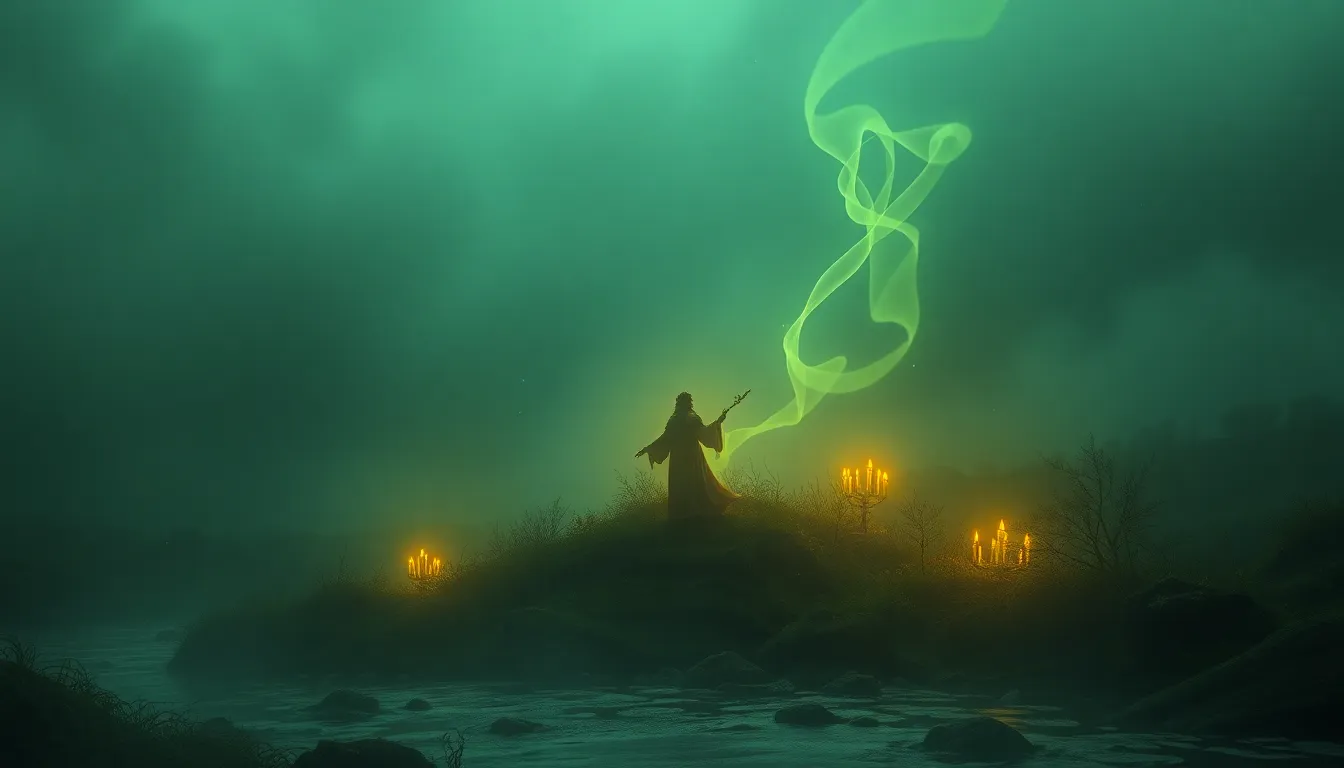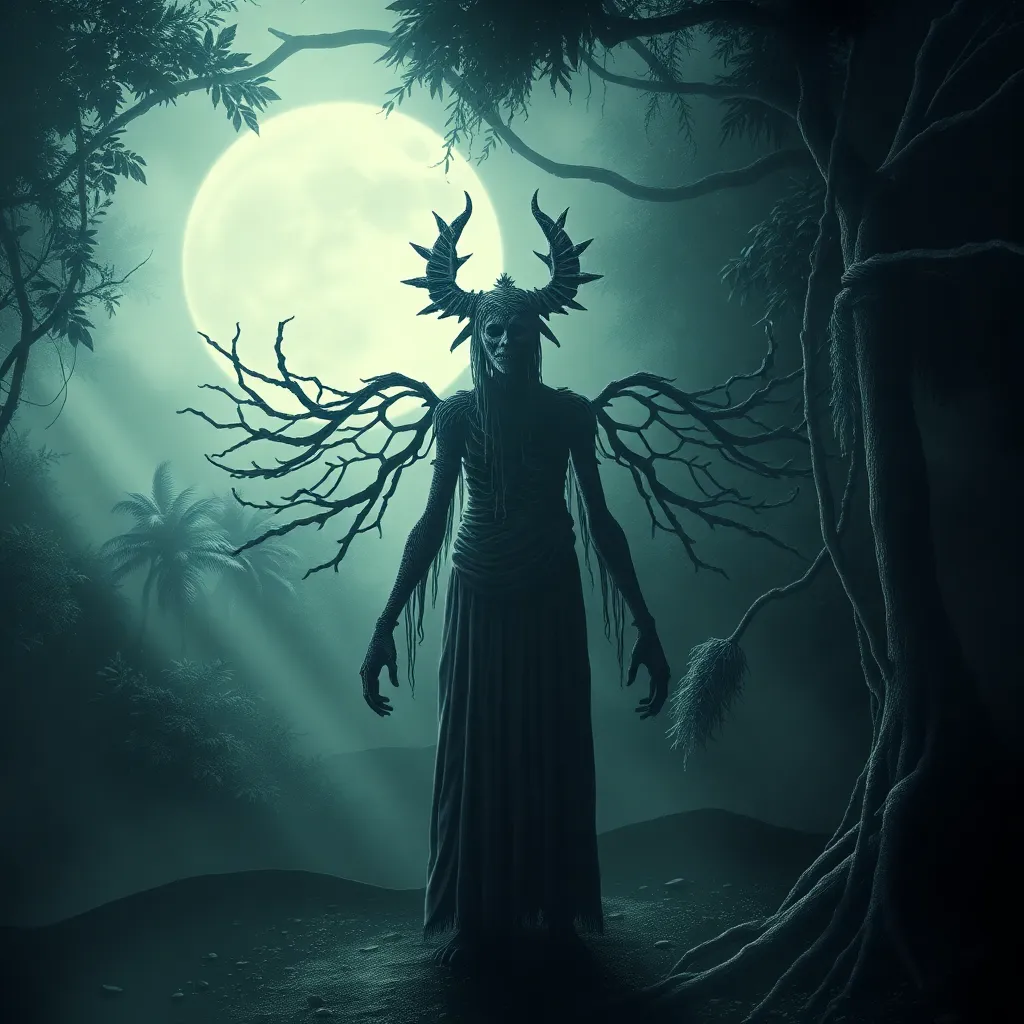Whispers of the Water: Discovering Water Fairies and Sprites
I. Introduction to Water Fairies and Sprites
Water fairies and sprites are enchanting beings often associated with rivers, lakes, and oceans. These ethereal entities are characterized by their connection to water and the natural world, embodying the beauty and mystery of aquatic environments. Traditionally, they are depicted as beautiful, delicate creatures, sometimes with shimmering scales or flowing hair, reflecting the colors and movement of water.
The allure of water myths spans various cultures, capturing the imagination of countless generations. From the gentle Naiads of Greek mythology to the mischievous Nixies of Germanic folklore, water spirits have fascinated people with their stories of enchantment and peril. This article aims to explore the enchanting world of water spirits, delving into their history, characteristics, and enduring relevance in modern culture.
II. Historical Context and Folklore
The origins of water fairy tales are deeply rooted in mythology, where these beings are often depicted as guardians of water bodies, embodying both benevolence and danger. In many traditions, water fairies are believed to control the flow of rivers, the tides of the sea, and the clarity of lakes, reflecting the dual nature of water as a life-giving force and a source of destruction.
Notable water spirits from various cultures include:
- Nixies: Water spirits from Germanic folklore, often associated with rivers and lakes, known for their enchanting songs.
- Undines: Elemental beings in Western alchemical tradition, believed to represent the water element.
- Naiads: Greek water nymphs who inhabit freshwater bodies, known for their beauty and nurturing qualities.
Over time, beliefs surrounding water fairies have evolved, reflecting changes in cultural perspectives on nature and spirituality. In ancient societies, these spirits were revered and feared, while in modern contexts, they often appear in whimsical tales and fantasy literature.
III. The Role of Water in Fairy Lore
Water holds significant symbolism in folklore, often representing cleansing, transformation, and rebirth. In many cultures, it is seen as a sacred element that connects the physical and spiritual realms. The presence of water bodies such as rivers, lakes, and oceans is often linked to the habitats of fairy beings, suggesting a deep bond between nature and these mystical entities.
Water is viewed as a source of magic and mystery, and many fairy tales emphasize the transformative power of water. For instance:
- Water can bestow beauty and youth, as seen in tales where characters are rejuvenated by a magical spring.
- Conversely, it can also represent danger, with stories of drowning or loss associated with malevolent water spirits.
This duality enhances the allure of water fairies, drawing people to explore the hidden depths of lakes and rivers in search of these mystical beings.
IV. Characteristics and Traits of Water Fairies and Sprites
Water fairies and sprites exhibit a variety of physical descriptions and traits. They are often depicted as:
- Gracious and ethereal beings, sometimes with translucent wings.
- Having features reminiscent of aquatic life, such as scales or flowing hair that resembles water currents.
- Radiating a soft glow or shimmering appearance, reflecting the light of the water around them.
Common behaviors attributed to these spirits include:
- Playfulness and mischief, often leading travelers astray or engaging in trickery.
- Offering assistance or blessings, such as ensuring safe passage across water.
- Guarding their aquatic domains fiercely, protecting their habitats from pollution and harm.
The relationship between water fairies and nature is profound. These spirits are often depicted as guardians of the environment, embodying the delicate balance of ecosystems and serving as reminders of the importance of preserving natural habitats.
V. Encounters and Anecdotes
Throughout history, there have been numerous accounts of encounters with water fairies, ranging from folklore to personal anecdotes. Many cultures have rituals designed to attract water spirits, such as:
- Leaving offerings at the water’s edge, including flowers, coins, or small tokens.
- Performing dances or songs near lakes or rivers to invoke the presence of these spirits.
These encounters often leave a lasting psychological impact on individuals, instilling a sense of wonder and connection to nature. Many who claim to have seen water fairies describe feelings of peace, joy, or even fear, reflecting the complex nature of these spirits.
VI. Water Fairies in Popular Culture
Water fairies have found a prominent place in literature, film, and art, often portrayed as whimsical or mysterious figures. In modern storytelling, they are depicted in various forms, from benevolent protectors to mischievous tricksters. Notable representations in popular culture include:
- Disney’s “Peter Pan,” which features the enchanting water sprite, Tinker Bell.
- Literary works like “The Water Nymph” by Alexander Pushkin, exploring the tragic tales of water spirits.
- Artistic depictions in paintings and illustrations that capture the ethereal beauty of these beings.
While traditional beliefs often emphasize the dangers of water spirits, contemporary interpretations tend to romanticize their nature, focusing on themes of friendship and adventure. This shift reflects evolving societal views on nature and the supernatural.
VII. Conservation and the Modern Relevance of Water Spirits
The myths surrounding water fairies carry an important environmental message. Many stories emphasize the need to respect and protect water bodies, highlighting the fragile relationship between humans and nature. The role of water spirits in folklore can serve as a catalyst for ecological awareness, reminding us of the consequences of pollution and environmental degradation.
Preserving water bodies aligns with the legacy of water fairies, as these entities are often portrayed as guardians of their aquatic realms. Efforts to clean rivers, protect wetlands, and promote sustainable practices resonate with the spirit of these enchanting beings.
VIII. Conclusion: The Timeless Appeal of Water Fairies
Water fairies continue to captivate our imagination, embodying the beauty and mystery of the natural world. Their stories remind us of the delicate balance between humanity and nature, encouraging us to explore local folklore and reconnect with the environment. The enchanting world of water spirits invites us to reflect on our relationship with water, urging us to cherish and protect the precious resources that sustain life.
In conclusion, the enduring fascination with water fairies speaks to our innate desire for wonder and connection with the mystical aspects of the world around us. As we delve into the enchanting tales of these spirits, may we also find inspiration to nurture and safeguard the natural wonders that weave through our lives.
![]()


